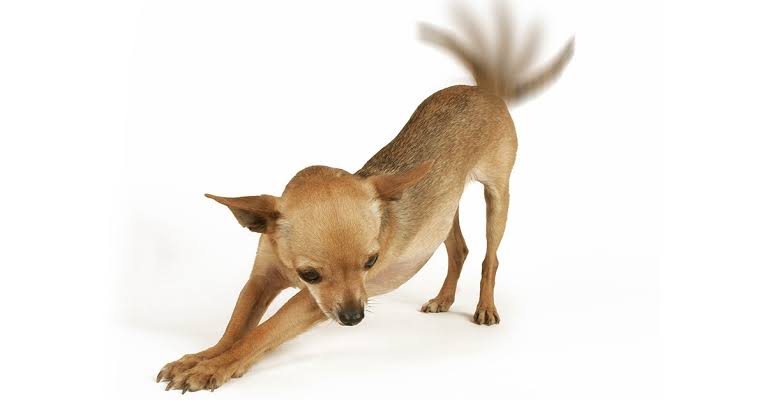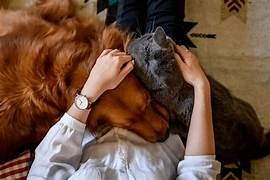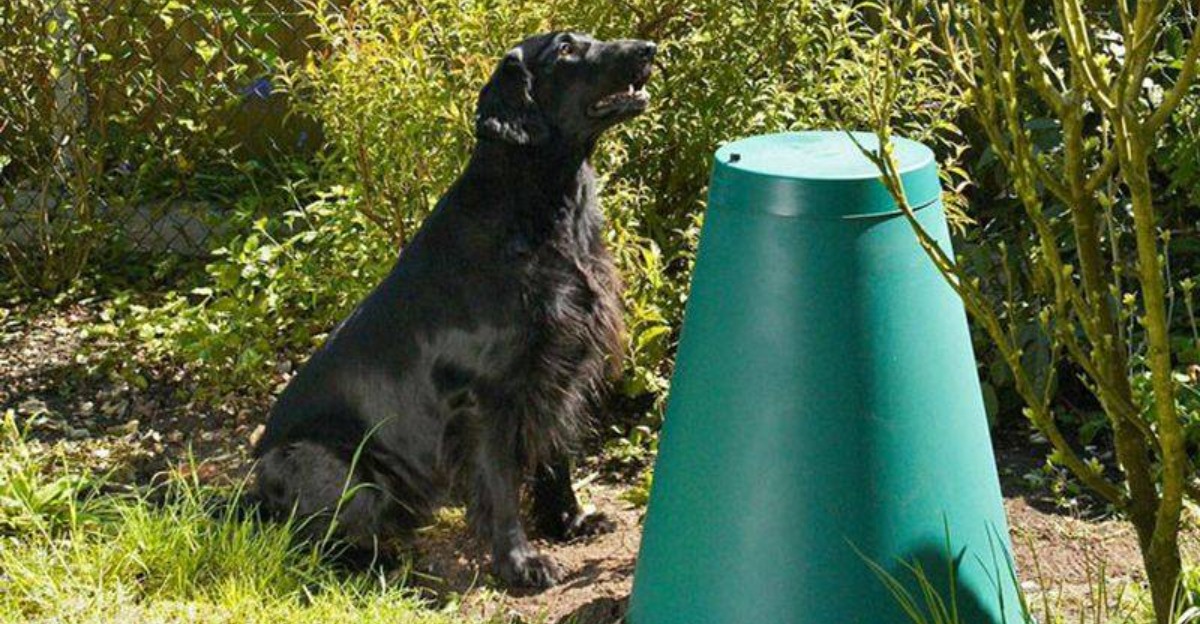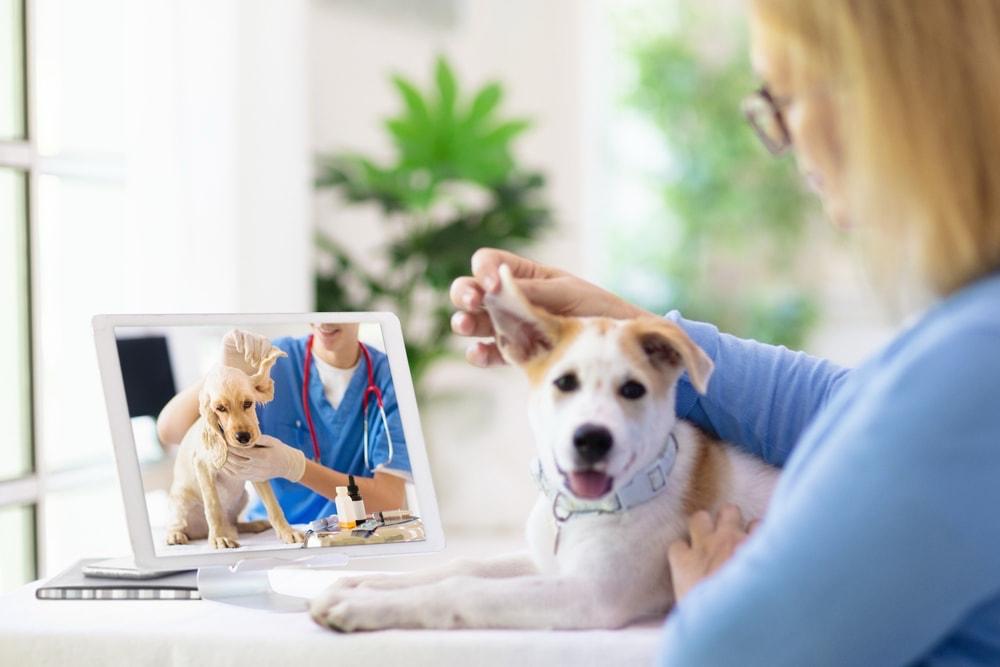
Decoding Tail Wags & Purrs: How to Understand Your Pet’s Body Language
Pets communicate constantly through body language, from tail wags and purrs to eye contact and posture. Understanding these subtle signals helps owners recognize whether their companions are happy, stressed, or seeking attention. Dogs and cats use tails, ears, and even kneading motions to express emotions, while calming signals like yawning reveal anxiety.
🐶 Pet Star
35 min read · 2, Oct 2025

Introduction
Pets communicate without words. From a wagging tail to a low purr, your furry friend is constantly sending signals about their feelings, needs, and comfort level. Understanding this silent language strengthens your bond, helps prevent behavior issues, and ensures your pet’s emotional well-being.
Many pet owners misread their pets’ cues, which can lead to frustration, stress, or even accidents. By learning to decode their body language, you can respond appropriately—whether it’s calming an anxious dog, playing with a curious cat, or comforting a stressed small pet.
In this article, we’ll explore common pet body language signals, what they mean, and practical ways to respond. You’ll also find daily interaction tips, enrichment strategies, and myths about pet communication debunked. Pets communicate in ways far more subtle than words, relying on posture, movement, and sound to express their feelings. While humans often use speech to convey emotions, animals depend on body language to share their moods, intentions, and needs. Understanding these signals is key to building a strong, trusting relationship with your furry companions, whether they are playful pups or curious cats. By learning to interpret their gestures, you can respond appropriately, prevent misunderstandings, and ensure the well-being of your pets.
Dogs, for example, are masters of non-verbal communication. The position of their tail alone can reveal a spectrum of emotions. A high, wagging tail usually signals excitement or happiness, while a low, tucked tail may indicate fear or submission. However, tail movement is not always a clear indicator of friendliness. A stiff, upright tail held rigidly can signify alertness or potential aggression, whereas a slow wag with a tense body might suggest caution or unease. Observing tail behavior in conjunction with other cues, such as ear position and facial expressions, provides a more accurate understanding of a dog’s mood.
Facial expressions and ear movements are equally important. A relaxed, open mouth and soft eyes often indicate a content and calm dog, while bared teeth, furrowed brows, or direct, hard stares may signal stress, discomfort, or aggression. Ears that are perked forward can show curiosity or alertness, whereas ears flattened against the head generally express fear or anxiety. Similarly, body posture communicates a lot about a dog’s emotional state. A dog standing tall with a straight back and weight evenly distributed is usually confident, while a crouched, low-to-the-ground posture suggests insecurity or submission. Rolling onto their back, exposing the belly, can indicate trust and comfort, but in some cases, it may also be a defensive posture signaling that the dog is ready to protect itself if threatened.
Cats, on the other hand, have more nuanced and sometimes enigmatic body language. A cat’s tail is a versatile tool for communication. A tail held high with a gentle curve at the tip often signifies confidence and contentment, whereas a tail flicking sharply can indicate irritation or overstimulation. When a cat wraps its tail around itself or around a human, it is typically showing affection or seeking comfort. Purring is another complex signal. While often associated with happiness, purring can also occur when a cat is anxious, in pain, or seeking reassurance. Therefore, observing accompanying behaviors, such as relaxed body posture or kneading with the paws, is essential to interpreting the true meaning behind the purr.
Eye contact and blinking are also telling. Cats that make soft, slow blinks are generally expressing trust and affection, often inviting reciprocal blinks from humans as a sign of bonding. Dilated pupils, however, can indicate excitement, fear, or aggression, depending on the context. Whiskers play a role in communication as well. Forward-facing whiskers suggest curiosity or interest, while whiskers flattened against the face indicate fear, stress, or defensiveness. Posture, from the arch of the back to the positioning of the legs, can reveal whether a cat is relaxed, playful, or on guard. A cat crouched low with legs tucked under the body may be resting but ready to spring into action if necessary.
Understanding vocal cues complements body language. Dogs vocalize through barks, whines, growls, and howls, each serving distinct purposes. A high-pitched, repetitive bark might indicate excitement or a desire for attention, while a deep, prolonged growl usually signals discomfort or a warning. Whining often reflects anxiety, stress, or a need for something, such as food, play, or companionship. In cats, vocalizations vary widely as well. Meowing is primarily directed at humans and can express hunger, attention-seeking, or distress. Hissing and growling serve as warnings, while chirping or trilling often indicates curiosity or excitement. Paying attention to pitch, repetition, and context is crucial for accurate interpretation.
Contextual observation is essential when decoding any pet’s body language. Animals react differently depending on the environment, recent experiences, and individual personalities. A dog wagging its tail at a familiar human may be showing affection, but the same wag in the presence of a stranger could signal nervousness or caution. Similarly, a cat hiding under furniture might simply be resting or might feel threatened, depending on the situation. Patience, empathy, and consistent observation over time are necessary to develop an accurate understanding of each pet’s unique communication style.
Misreading signals can lead to stress, anxiety, or even aggressive behavior. For example, approaching a fearful dog with a direct stare may escalate its anxiety, while attempting to pet a cat that has its tail flicking sharply could provoke a defensive scratch. By learning to recognize subtle cues and respond appropriately, pet owners can create an environment where animals feel safe, understood, and loved. Positive reinforcement, gentle interaction, and respect for boundaries further strengthen this bond.
Ultimately, understanding pets’ body language is a journey of observation, empathy, and learning. It requires attention to detail, an openness to reading subtle cues, and a willingness to adapt interactions based on the animal’s responses. Each wag, purr, blink, and whisker movement is a form of communication waiting to be decoded. By investing time and effort into understanding these signals, pet owners not only enhance their pets’ well-being but also deepen the mutual trust and affection that form the foundation of a fulfilling human-animal relationship. Recognizing the language of pets allows humans to respond more thoughtfully, anticipate needs, and enjoy a richer, more connected companionship that benefits both species.
Why Understanding Body Language is Important
Pets rely primarily on nonverbal communication. Unlike humans, they express emotions through:
- Tail movement: Position, speed, and direction
- Ear posture: Alert, relaxed, or flattened
- Eyes and gaze: Soft, wide, blinking, or staring
- Vocalizations: Purrs, growls, meows, barks, chirps
- Posture and movement: Sitting, lying, stretching, crouching
Ignoring these signals can lead to misunderstandings, stress, aggression, or fear. Recognizing them allows you to:
- Build trust and connection
- Prevent bites, scratches, or accidents
- Enhance training and enrichment activities
- Promote overall emotional and physical health
Dog Body Language: Tail, Ears, and Posture
1. Tail Wagging
- High and stiff wag: Alert or dominant
- Loose, mid-level wag: Friendly and relaxed
- Tail tucked between legs: Fear or submission
- Slow wag vs fast wag: Slow may indicate insecurity; fast shows excitement
2. Ears
- Forward ears: Curiosity or attention
- Flattened ears: Fear or submission
- Rotating ears: Listening to surroundings
3. Eyes
- Soft, blinking eyes: Relaxed
- Wide eyes, whites showing: Anxiety or aggression
- Slow blink at you: Affection and trust
4. Posture
- Play bow (front down, rear up): Invitation to play
- Cowering or lowering body: Fear or stress
- Standing tall with hackles raised: Aggression or alertness
5. Vocalizations
- Bark: Attention, alert, or warning
- Whine: Needs comfort or expressing anxiety
- Growl: Warning or discomfort
Cat Body Language: Purrs, Tail, and Eyes
1. Tail Signals
- Upright tail with tip slightly curved: Friendly greeting
- Tail twitching or lashing: Excitement, irritation, or playful mood
- Tail tucked or low: Anxiety or fear
2. Ears
- Forward-facing ears: Relaxed and curious
- Flattened sideways/back: Frustration, anger, or fear
- Twitching ears: Alert and focused
3. Eyes
- Slow blinking: Trust and love
- Dilated pupils: Excitement, fear, or overstimulation
- Half-closed eyes: Comfort and relaxation
4. Body Posture
- Arching back: Defensive or scared
- Rolling on back: Playful or seeking attention
- Rubbing against you: Marking territory and showing affection
5. Vocalizations
- Purring: Contentment (sometimes self-soothing when stressed)
- Meow: Communication, needs attention
- Hissing/growling: Warning or defensive
Understanding Small Pet Body Language (Rabbits, Hamsters, Guinea Pigs)
- Ear positions: Upright = alert, flat = stressed
- Tail or rump movement: Rapid twitch = agitation, relaxed = calm
- Body posture: Hunched = discomfort or fear, stretched out = relaxed
- Vocal sounds: Whining or squeaking = stress, contented purring (rabbits) = pleasure
Daily Practices to Read Your Pet’s Signals
Morning
- Observe tail, ear, and eye signals during feeding
- Use slow blinking or gentle eye contact for cats
- Reward calm behavior in dogs with soft praise
Midday
- Short play session observing excitement or anxiety cues
- Introduce a new scent or toy and watch reactions
- Take note of signs of overstimulation
Evening
- Calm bonding session: petting, grooming, or lap time
- Reflect on signals during walks or interaction
- Use gentle voice to reassure stressed or anxious pets
Enrichment Activities to Support Communication
- Interactive play: Tug, fetch, laser chase, or wand games
- Puzzle feeders: Encourage problem-solving and focus
- Scent games: Hide treats to promote sniffing and curiosity
- Training sessions: Positive reinforcement builds confidence and trust
- Quiet observation: Sit with your pet and observe signals without interacting, helps you understand subtle cues
Common Misunderstandings About Pet Body Language
❌ “Tail wagging always means happiness.”
✅ False! Tail wagging can signal excitement, stress, or alertness depending on posture.
❌ “Cats that purr are always happy.”
✅ Not always. Purring can be self-soothing during stress or pain.
❌ “Flattened ears mean the pet is aggressive.”
✅ Sometimes it’s fear or submission, not aggression.
❌ “A wagging dog tail at strangers is friendly.”
✅ Context matters: check posture, ears, and growls to ensure safety.
❌ “Rabbits or guinea pigs are quiet, so they’re always calm.”
✅ Small pets show stress subtly through posture, ears, and tail flicks.
Tips for Interpreting Signals Accurately
- Look at the whole body: Tail, ears, eyes, posture, and movement together tell the full story.
- Consider context: Feeding, play, or new environment changes meaning.
- Observe changes over time: Patterns help predict mood and comfort.
- Respect personal space: Some pets communicate with avoidance or retreat.
- Use gentle training: Reinforce calm behavior and reward positive responses.
Weekly Observation Practice
- Spend 10–15 minutes daily just watching your pet
- Note body language patterns in a journal
- Introduce one new toy or activity and observe reaction
- Track signs of stress or excitement
- Rotate enrichment activities based on preference
Conclusion
Understanding your pet’s body language is like learning a new language—one filled with tail wags, purrs, ear flicks, and subtle postures. By observing, decoding, and responding to these signals, you deepen your bond, reduce stress and behavior problems, and improve your pet’s quality of life.
Every wag, twitch, blink, or purr carries meaning. The key is attention, patience, and consistency. Small daily practices—like observing play sessions, noting reactions to toys, and responding with calm gestures—can transform your relationship with your furry friend.
Start today: watch, listen, learn, and respond. Your pet’s body language is not just communication—it’s love, trust, and a connection waiting for you to understand.
Read the signs. Respect their language. Strengthen your bond.
Q&A Section
Q1:- Why is it important to understand your pet’s body language?
Ans :- Reading tail wags, purrs, and other cues helps build trust, strengthen bonds, and identify your pet’s needs, stress levels, or happiness more effectively.
Q2:- What does a dog’s wagging tail usually indicate?
Ans :- A wagging tail can signal excitement or friendliness, but the speed, height, and direction of the wag reveal if it’s joy, nervousness, or caution.
Q3:- How can a cat’s purr be interpreted?
Ans :- Purring often shows contentment, but cats also purr when anxious, in pain, or seeking comfort, so context is essential for accurate understanding.
Q4:- What does it mean when a dog’s ears are pinned back?
Ans :- Pinned-back ears may indicate fear, submission, or nervousness. Combined with other cues like tail tuck or avoiding eye contact, it signals discomfort.
Q5:- How do cats use their tails to express emotions?
Ans :- An upright tail shows confidence, a swishing tail means irritation, and a puffed-up tail reflects fear or defensive aggression.
Q6:- What does yawning or lip-licking mean in dogs?
Ans :- These are calming signals, often used to relieve stress, avoid conflict, or indicate anxiety in tense environments.
Q7:- How can eye contact show what a pet is feeling?
Ans :- Soft, slow blinks from cats signal affection, while prolonged staring in dogs can mean dominance or threat; relaxed eyes suggest comfort.
Q8:- Why does a cat knead with its paws?
Ans :- Kneading is a soothing behavior from kittenhood, showing affection, comfort, or marking territory through scent glands in the paws.
Q9:- What body posture indicates a playful mood in dogs?
Ans :- The “play bow”—front legs stretched forward, tail wagging—shows excitement and an invitation to play without aggression.
Q10:- How can owners respond effectively to their pet’s body language?
Ans :- By observing cues calmly, respecting boundaries, rewarding positive behavior, and providing comfort, owners can build trust and meet their pets’ emotional needs.
Similar Articles
Find more relatable content in similar Articles

Pets and Mental Health: The Science Behind Emotional H..
Discover the profound impact o.. Read More

Social Media for Pets: Turning Your Pet into a Digital..
From playful puppies to charis.. Read More

Composting Pet Waste: A Greener Way to Clean Up...
As pet ownership continues to .. Read More

Virtual Vet Visits: Are Online Consultations Reliable?..
As pet healthcare embraces dig.. Read More
Explore Other Categories
© 2024 Copyrights by rPets. All Rights Reserved.